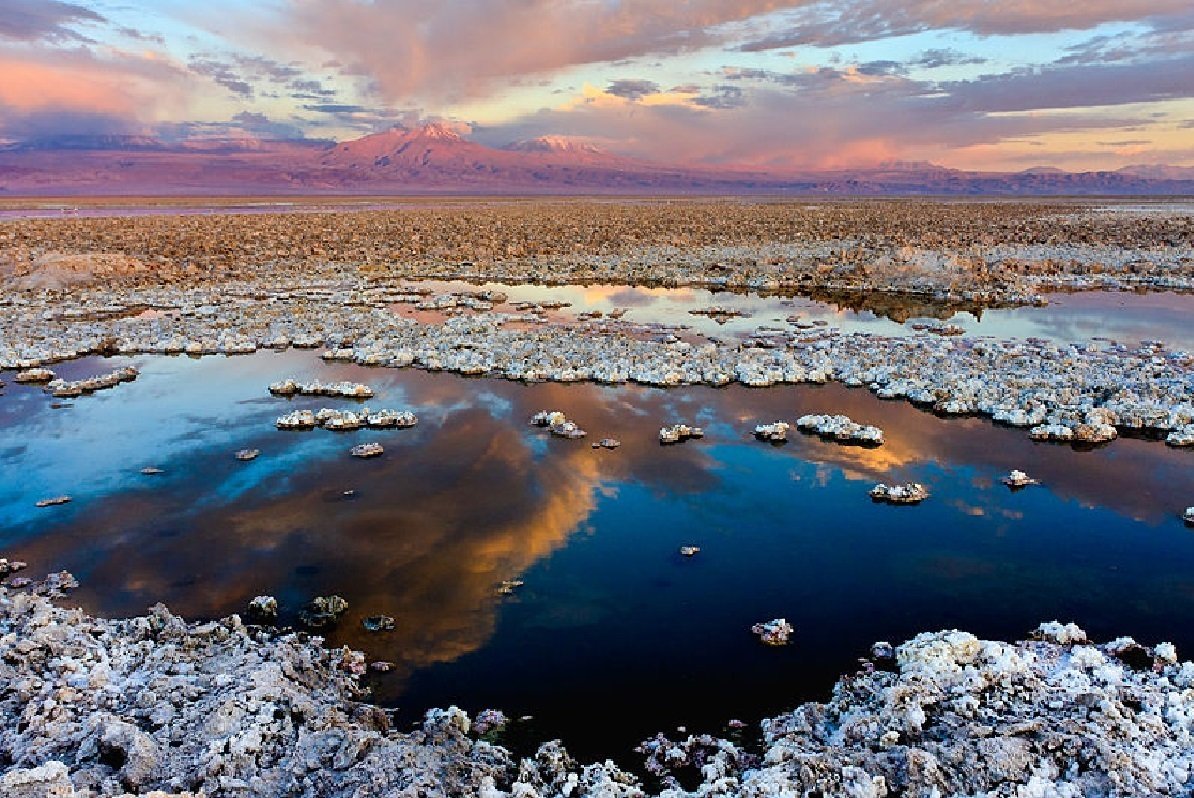
When leaders of the world’s richest countries gathered at Carbis Bay in Cornwall for the G7 summit, the climate emergency was (allegedly) high on their agenda. Could part of the solution lie deep in the Cornish granite? Or is lithium mining yet another environmental disaster waiting to happen?
In March, the Conservative MP for St Austell and Newquay, Steve Double, got to his feet in the House of Commons with an unusual request for Boris Johnson:
“In light of the recent progress made on lithium extraction, would he work with me to secure a gigafactory for Cornwall?”
“Gigafactory” is a term coined, with typical hyperbole, by Tesla founder Elon Musk to mean a giant facility manufacturing lithium-based batteries for electric vehicles. No new fossil-powered vehicles will be sold in the UK from 2030, so the idea of UK-built electric cars whose all-important batteries are made from UK-mined lithium seems a very attractive proposition.
Johnson expressed himself “delighted” to assist Mr Double in this project, saying: “I think Cornwall is the Klondike of lithium as far as I understand the matter.”
His turn of phrase conjured up images of grizzled prospectors heading to Bodmin Moor with shovels, sifting pans and wooden stakes to mark out their claims. The reality, of course, is rather different. And not just because lithium is, in contrast to gold, the world’s lightest metal.
Most lithium deposits in Cornwall are either dissolved in geothermal brines buried hundreds of metres deep in the granite or bound up in quantities of rock that require sophisticated heavy machinery to work. But there is a lot of serious money going into companies that plan to extract it, and – given that lithium is a key component in the batteries needed for electric vehicles (EVs) and consumer electronic devices, and is found in significant quantities in few other spots on Earth – it’s not hard to understand why.

The new gasoline
Commercial interest in lithium has grown exponentially since 2015, when investment bank Goldman Sachs issued an investor note describing the metal as “the new gasoline” and predicting that global demand would increase more than tenfold by 2025.
In 2019, Cornish Lithium, a company closely associated with the Camborne School of Mines that aims to create “a strong, sustainable and environmentally responsible extraction industry”, launched an equity crowdfunding campaign to pay for exploration work in Cornwall. Within days, it had comfortably surpassed its initial £1 million funding target.
Its exploratory drilling identified the widespread presence of lithium, in “globally significant” grades, in geothermal waters at depths of a kilometre or more in the Cornish granite. The company has also sunk drill-holes in a former china clay pit at Trelavour near St Austell, where it says it has found considerable potential to carry out hard-rock mining of mica-based lithium. This success helped the company raise over £5 million in a further funding round last year.
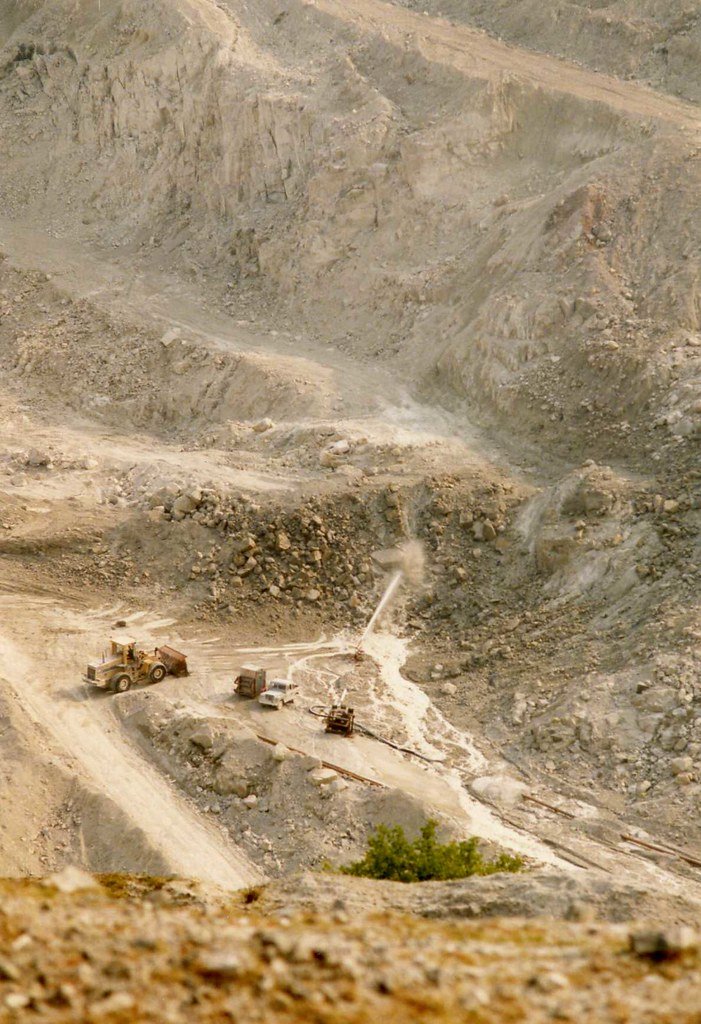
Another mining firm, British Lithium, has announced “staggeringly good results” from exploratory drilling at a nearby site in Cornwall’s clay country. In 2020 the company won £500,000 in government backing to help develop hard-rock lithium extraction in the area.
The lithium triangle
At present, much of the world’s lithium comes from the so-called ‘lithium triangle’, an arid region of the Andes that spans the borders of Argentina, Bolivia and Chile, and is thought to hold around 60% of global lithium deposits. In Chile, the mineral has been extracted from the brine beneath the Salar de Atacama dry lakebed since 1997.
The lithium operation on the Chilean salt plains involves pumping huge quantities of brine from the subsurface, then concentrating its mineral content by evaporation in vast ponds before processing the concentrate to extract industrial-grade lithium. This requires massive amounts of water in one of the world’s most arid regions. A study in 2019 found that around 65 per cent of the region’s water was being diverted for mining – and the impacts on the local environment have been severe. A Chilean parliamentary commission has found that overexploitation of groundwater resources has damaged ecosystems in the Salar de Atacama basin, killing the desert-adapted native trees by drying up the aquifers from which their deep roots draw water.
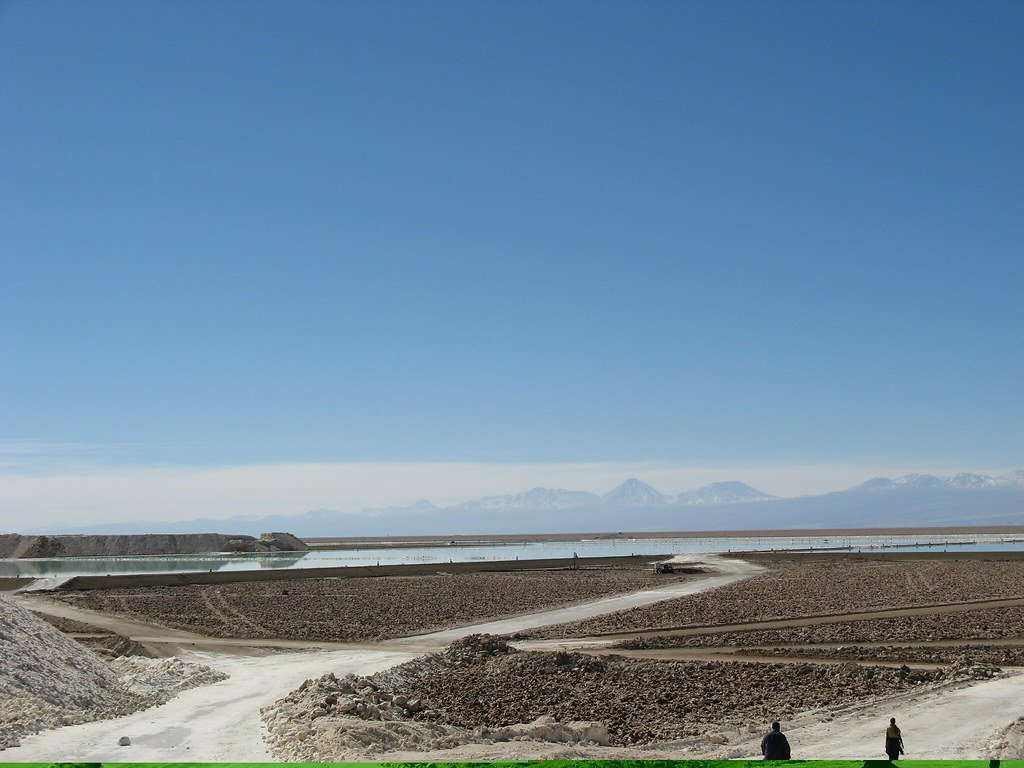
The native people of the area have also suffered from the depletion of groundwater, In 2020, a report by the United Nations Conference on Trade and Development (UNCTAD) found that:
“As the mining sites overlap with nature conservation areas, mining activities have been responsible for ecosystem degradation and landscape damage. The process of forced migration of populations from villages and the abandonment of ancestral settlements has been precipitated by water scarcity and an increasingly erratic water supply.”
The same report noted that hard-rock mining of lithium also presents significant environmental health risks:
“Breathing lithium dust or alkaline lithium compounds irritates respiratory tracts and prolonged exposure to lithium can cause fluid to build-up in the lungs, leading to pulmonary oedema. As demand for lithium increases and production is tapped from deeper rock mines and brines, the challenges of mitigating environmental risk will also increase.”
At present, the world’s biggest hard-rock lithium mining operation is the huge, open-cast Greenbushes mine in Western Australia. As this has expanded, so has the question of how to dispose of some 600,000 tonnes a year of ‘tailings’, or waste products, from the operation. At present, these are simply dumped in a landfill site near the mine, and local residents complain that dust and runoff are encroaching on surrounding farmland and forest.
The richest square mile
All of this might raise questions over whether large-scale lithium extraction in Cornwall is quite as desirable as Boris Johnson and Steve Double MP seem to think.
Interviewed in February, Cornish Lithium’s senior geologist Lucy Crane said that because the drilling in Cornwall was in an existing china-clay pit, any ongoing extraction there would not amount to opening a new open-cast mine. But if the scale of the Greenbushes mine in Australia is anything to go by, this may give a somewhat over-reassuring impression.
Cornwall, of course, has a long and proud history of mining, dating back to well before Roman times, and its landscape is littered with the remnants of around 2000 tin and copper mines. In the late 18th and early 19th centuries, the now sleepy rural parish of Gwennap was home to the world’s most productive copper-mining operation, leading to it being called “the richest square mile on earth”.
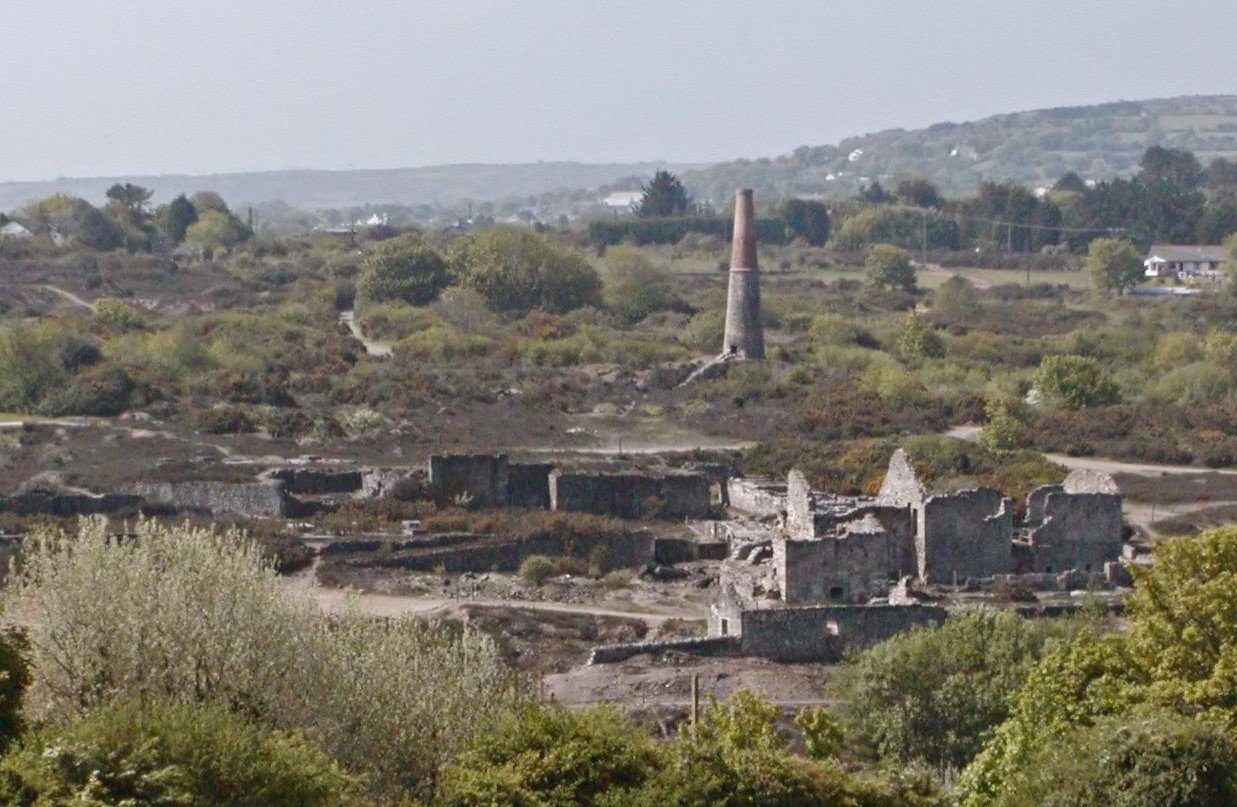
Most of Cornwall’s tin and copper mines had closed by the end of the 1980s, with the last remaining tin mine at South Crofty shutting up shop in 1998. But recent rises in metals prices, driven by insatiable demand from the world’s electronics industry, have led to intense interest in restarting the mining of copper and tin in the Duchy.
In July 2016 the Canadian firm Strongbow Exploration Inc acquired the South Crofty site with a view to reopening the mine, and in June 2020 the company – now rebadged as the more local-sounding Cornish Metals Inc – ran a drill programme that successfully demonstrated the presence of commercially viable lodes.

Large Polylithionite flakes on a sample found by MetAmpere near St Austell. Photo by Pranga69 Wikimedia Commons
Cornish Metals has also been investigating the possibilities of extracting lithium at sites it controls. In 2017 it partnered with Cornish Lithium to prospect for the metal, and in April of last year Cornish Metals’ CEO Richard Williams announced that the two companies had also been drilling around old mine workings at Gwennap for deposits of copper, and had discovered exceptionally high-grade ores. Cornish Lithium declared itself “equally encouraged by the results from our exploration drilling programme for lithium in geothermal waters at this site”.
Williams hammered home the strategic importance of exploiting these resources:
“In terms of security of supply, [Cornwall’s] mineral wealth is important, especially if the government desires to build its own high-tech industry. From renewable energy to robotics, all these industries require metals like copper, tin or lithium – and Cornwall has plenty of it.”
Williams also put in a bid for tax breaks for mining companies in Cornwall, claiming that the removal of such incentives was one of the factors that had forced the earlier closure of Cornish mines. It may well be that his plea finds receptive ears in Boris Johnson’s government.
Mines and brines
Is it possible for lithium to be mined and processed in Cornwall without the severe environmental degradation that mining and other extractive industries have caused for so many communities and ecosystems around the world? Cornish Lithium’s innovative approach to extracting lithium-laden brines from deep in the Cornish granite certainly looks highly promising.
At the United Downs Deep Geothermal Power Project near St Day, the company is collaborating with the Cornwall-based Geothermal Engineering Limited (GEL) on a combined lithium extraction and geothermal energy project that has won £4 million in government funding. The plan is to produce heat and power from lithium-rich hot water accessed by wells sunk up to 5.2km (3.2 miles) deep. The hot water will be used to power zero-carbon electricity generation, and in January Ecotricity signed a deal with GEL to sell power from the project to the National Grid.
After the lithium is extracted from the geothermal water in a relatively low-profile plant – either by use of selective membranes or by ion absorption technologies – the water will still be hot enough to potentially be used for urban heating projects in nearby communities before it is reinjected into the granite.
The partners on the project estimate that it will be able to export 3MW of electricity (not including the energy used on site), plus 20MW of hot water at 80°C. They calculate that a flow rate of 60 litres per second of water containing around 250mg of lithium per litre should yield about 473 tonnes of lithium annually – enough to power 47,300 electric car batteries.

A battery-powered future?
Impressive figures, but rather less so if put against 1.63 million new passenger cars registered in the UK in 2020. There is no doubt that battery technology will be crucial to the transition to a zero-carbon economy, and lithium is a key component for this. But it is a finite resource, and the idea that electric cars will simply be able to replace petrol and diesel-powered vehicles is seen as unrealistic by many analysts.
Some 250,000 tonnes of lithium would be needed annually to produce enough electric cars to do this. Assuming car numbers remain constant, the world’s proven reserves of lithium would be used up within about 50 years – and that’s without taking into account the metal’s numerous other applications.
If lithium is going to be part of the answer, another part has to involve moving away from individual car use and to much greater use of zero-carbon public transport. There also needs to be much more effort put into the recycling of lithium-ion batteries. At present, there are no facilities for doing this in the UK, and the processes involved are energy-intensive and expensive.
A report from the University of Warwick last year stressed that:
“Electric vehicles offer huge potential for decarbonising transport and improving air quality, but as we accelerate their early market we must equally be thinking about what happens at the end of their useful life. Batteries in particular contain significant quantities of materials which are costly to extract and refine and which could be hazardous to the environment if improperly disposed of.”
The report called for investment in recycling facilities and research to enable the recovery of much greater amounts of battery material:
“In doing so we will protect the environment, secure valuable raw materials, and reduce the cost of transport.”
Omen from the past
There are also major questions over hard-rock mining of lithium of the sort that seems to be on the way in Cornwall – and not just because of the potential damage to the local environment. Aside from its other impacts, mining is a highly fossil fuel-intensive activity. The heavy machinery it uses to shift soil and rock almost all runs on fossil fuels, and the mining industry accounts for some 10% of world energy consumption. Hard-rock mining for lithium, or anything else, inevitably has a big carbon footprint.
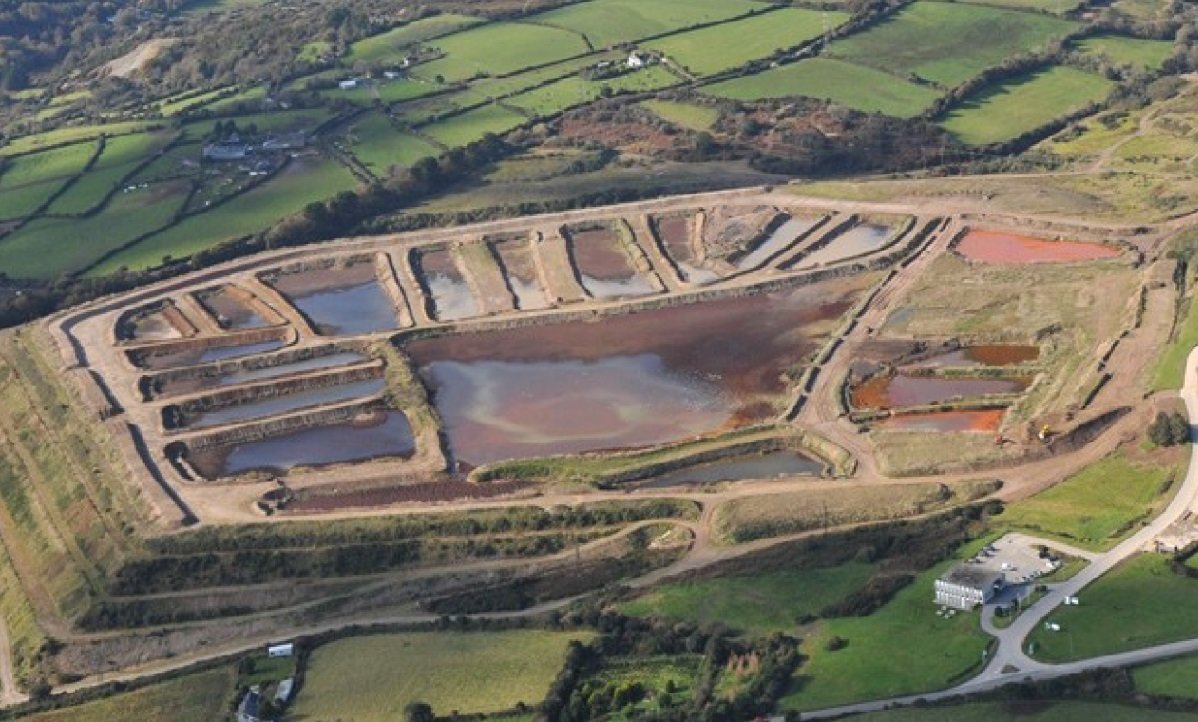
A short step from the site at Gwennap where Cornwall’s latter-day miners have been making their promising finds, a rather more ominous aspect of the Duchy’s mining heritage is on stark display. A huge reservoir of reddish-orange water, heavily polluted with tailings and contaminated effluent that that has flowed and continues to flow out of old mine workings, is held in by a concrete dam at the site of the old Wheal Jane mine.
While the mine was operational, the polluted water that flowed from it was managed by pumping and treatment before being discharged into the Carnon River. This was far from ideal, but after the mine’s closure in March 1991 the ‘adit’, or discharge channel, through which it issued was simply plugged up. In January 1992, after heavy rain, 50 million litres of highly acidic mine water, heavily laden with arsenic, cadmium and other toxic metals, burst through the plugged adit and flowed down through the Carnon River into Restronguet Creek and the estuary of the River Fal, a red plume that killed all the riverine and marine life in its path.

Remedial work has since been done to capture and treat the continued outflow of toxic mine water, but the Carnon River is still the most metal-polluted river in England, and still devoid of any visible life. And the certainty of more extreme rainfall events as climate change accelerates makes it hard to rule out a repetition of this sort of disaster.
Cornwall is one of the poorest parts of the UK, and former mining towns such as Camborne and Redruth have never really recovered from the closure of the mines that provided livelihoods for so many of their people. So it is understandable that many in the Duchy see the lithium rush as an opportunity to revive the glory days of Cornish mining.
In their glossy publicity materials, Cornwall’s lithium miners are keen to highlight their environmental credentials, and the geothermal extraction method that Cornish Lithium is planning does indeed look to be far less potentially damaging than the hard-rock mining that it and other companies are also eyeing up.
It would certainly be a bitter irony if those rushing to exploit Cornwall’s ‘white gold’ were to end up deepening the environmental crisis that they claim to be helping to solve.
This article also appears in the summer 2021 edition of The Land magazine.




